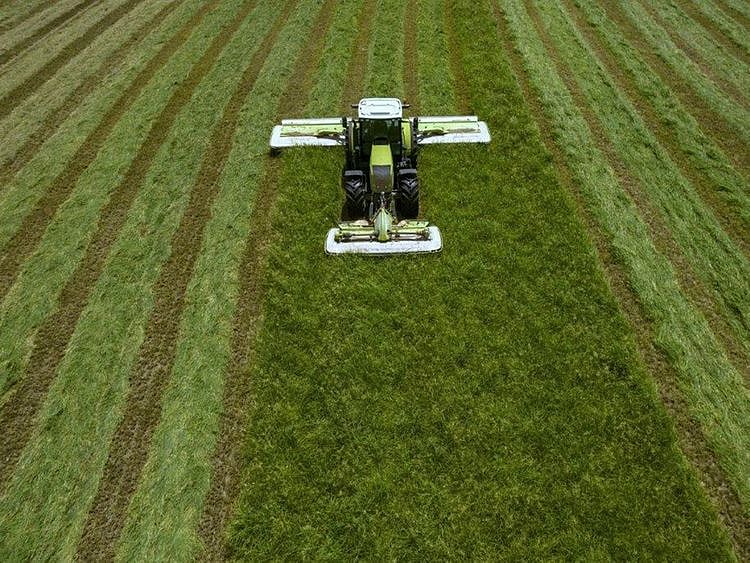Adnoc's Fertiglobe eyes $1b earnings lift by 2030 after upbeat Q1
Urea, ammonia exporter eyes growth via cost cuts, plant upgrades, low-carbon push

Dubai: Fertiglobe, the world’s largest seaborne exporter of urea and ammonia and a key part of ADNOC’s low-carbon ammonia platform, reported an upbeat Q1 2025 while launching a new 2030 growth strategy aimed at delivering over $1 billion in EBITDA (core earnings) by the end of the decade.
In Q1, the company posted revenues of $695 million, up 26% year-on-year and 49% quarter-on-quarter. Adjusted EBITDA rose 45% to $261 million, supported by higher sales volumes, strong urea prices, and operational efficiencies. Adjusted net profit attributable to shareholders stood at $73 million.
Fertiglobe attributed the strong performance to strategic shipment deferrals from late 2024 and continued progress on its manufacturing improvement plan, now 80% complete. The company achieved record levels of asset utilisation and energy efficiency across most plants.
Robust market
CEO Ahmed El-Hoshy credited the results to a “robust operational performance and supportive market conditions,” highlighting a 7% increase in own-produced volumes versus Q1 2024 and a strong safety record. The company also launched a new $35 million cost-saving programme aimed at reducing its operating cost base by the end of 2025.
The company’s new corporate roadmap is expected to deliver more than $300 million in additional EBITDA through four focus areas: operational improvements, downstream customer expansion, sustainable nitrogen products, and low-carbon ammonia.
The outlook for ammonia and urea remains positive, with rising demand for nitrogen fertilizers and low-carbon solutions. Fertiglobe is advancing several low-carbon projects, including the TA’ZIZ-based ‘Project Harvest’ and Egypt Green Hydrogen, positioning it as a leader in the global energy transition.
Sign up for the Daily Briefing
Get the latest news and updates straight to your inbox
Network Links
GN StoreDownload our app
© Al Nisr Publishing LLC 2025. All rights reserved.